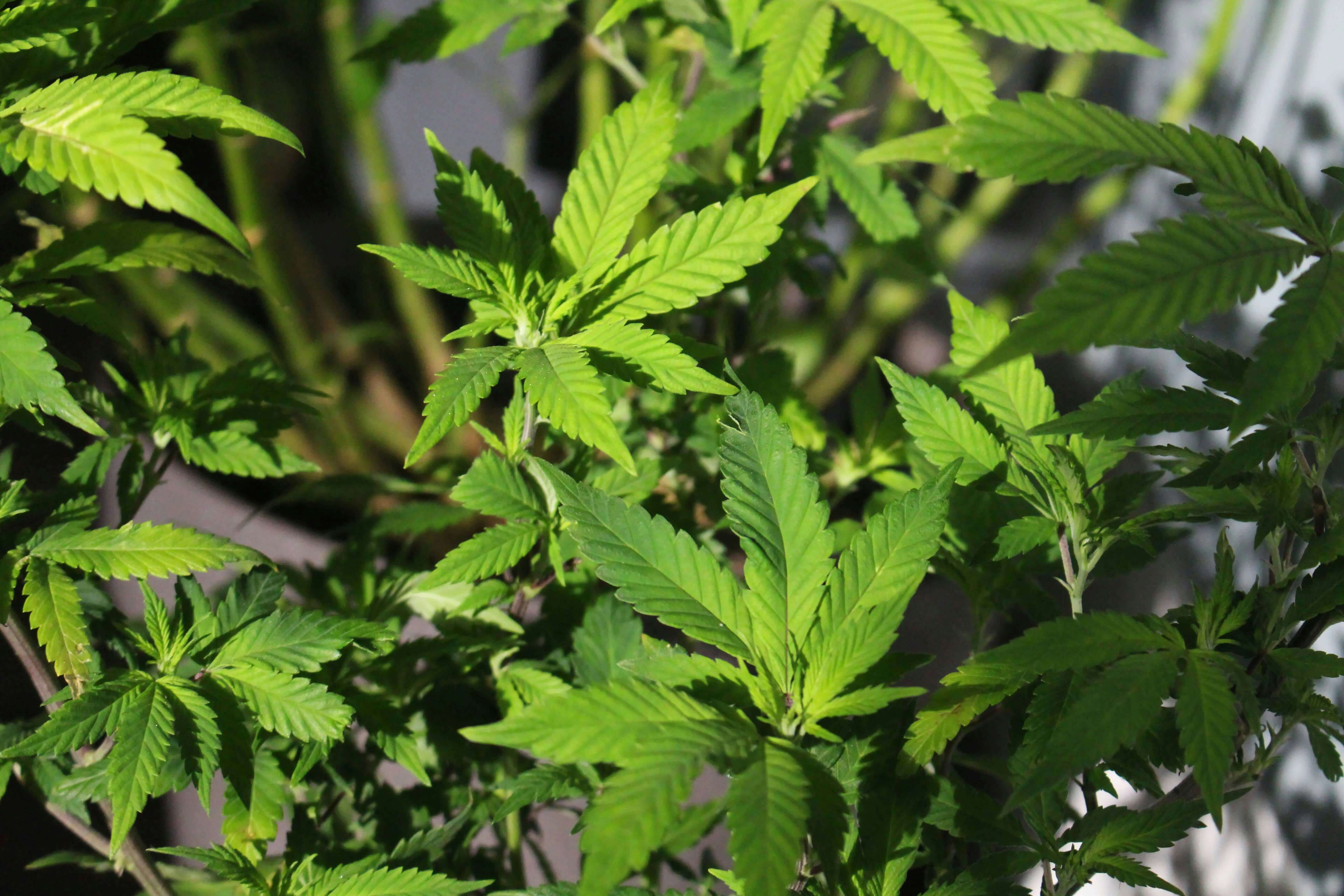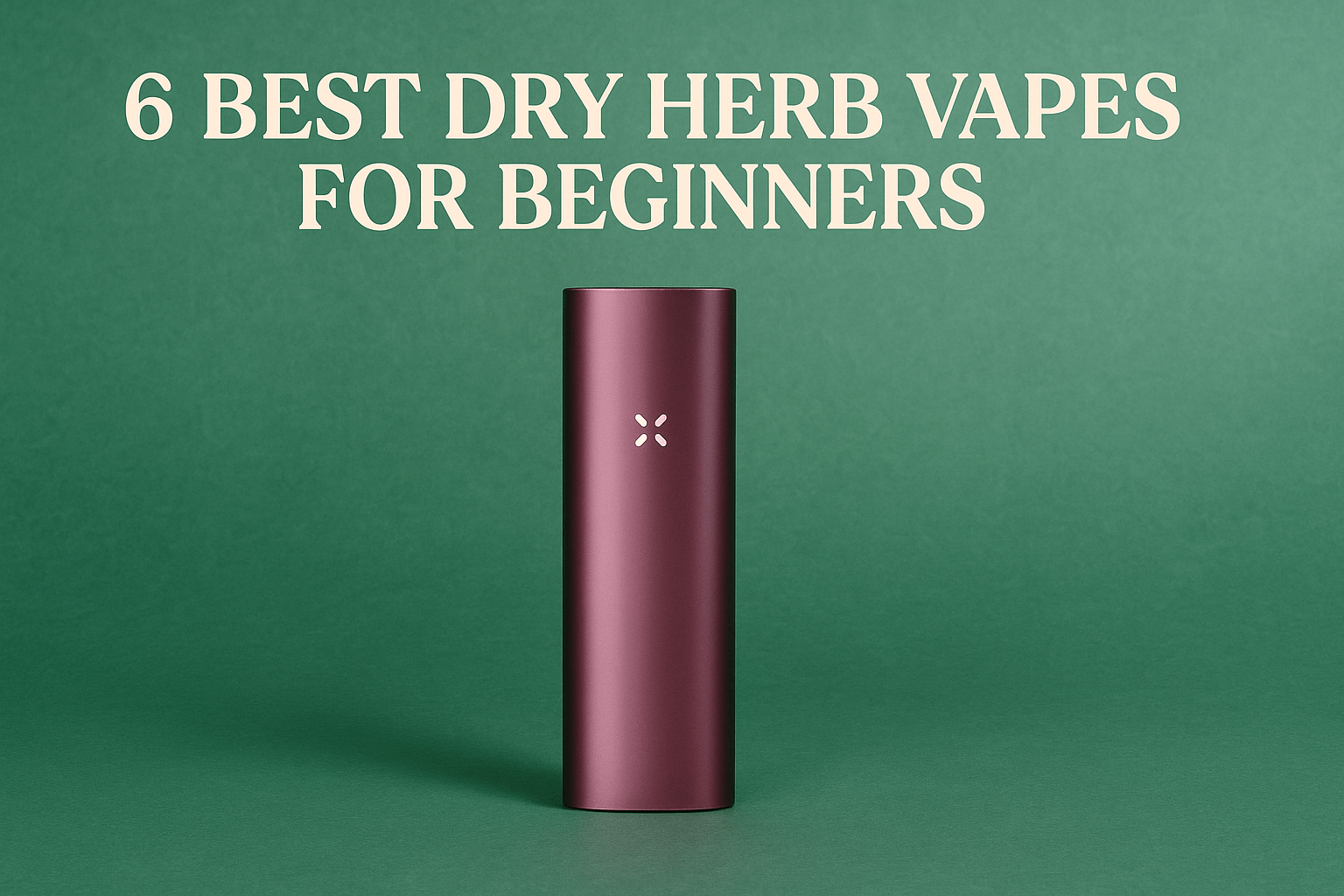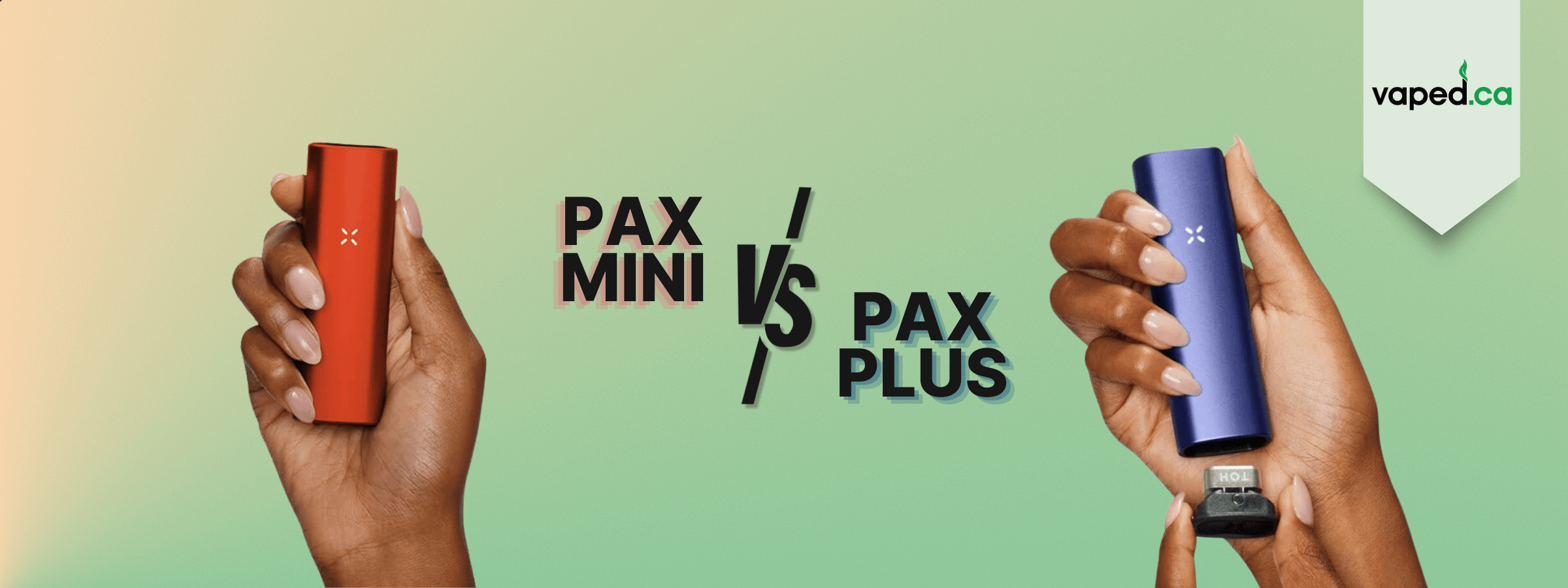Discovering the ideal temperature is key to elevating your dry herb vaping adventure! In this guide, we’ll dive into the fascinating science of cannabinoids and terpenes, showcasing how their unique boiling points enhance flavour, potency, and effects. Whether you’re just starting out or are a seasoned pro, you'll walk away empowered to tailor each session to your taste! First up, let’s uncover what dry herb vaping is all about and how it operates before we jump into the temperature secrets that will guide you to your perfect vaping experience.
What Is Dry Herb Vaping and How Does It Work?
Did you know you don't have to light up to enjoy the effects of cannabis? We're not talking about edibles, either. Vaporizing (or vaping) your dry herb allows you to experience a cleaner and more flavourful session compared to smoking. Unlike smoking, vaporizers heat dry herbs at lower, precise temperatures to produce vapor while preserving valuable cannabinoids and terpenes.
Vaping is also a healthier alternative to smoking weed, as it avoids combustion and reduces exposure to harmful byproducts. Instead of burning your bud and destroying its beneficial compounds, vaporizers activate cannabinoids and terpenes more efficiently. These compounds significantly influence your cannabis experience, whether you realize it or not.
The Science of Cannabinoids and Terpenes
Explore the chemistry that shapes your vaping experience. In this section, we delve into how cannabinoids and terpenes impact flavor, potency, and overall effects. You'll also find a display of the most common vaporized terpenes and cannabinoids, along with their boiling or activation points and the corresponding effects.
What is a cannabinoid?
Cannabinoids are the active compounds found in the cannabis plant. Cannabinoids interact with the receptors in your body to produce various effects. The most recognized cannabinoids are delta-9-tetrahydrocannabinol and cannabidol, more commonly known as THC and CBD. Cannabinoids such as CBD can offer therapeutic benefits like pain relief, stress reduction, and improved sleep. Whereas THC and similar compounds produce psychoactive effects like the 'high' users experience when smoking cannabis.
Temperature plays a significant role in achieving the desired effects of each cannabinoid and terpene. Every cannabinoid has a specific boiling point at which the temperature of your vaporizer will vaporize the compound. The table below shows a detailed view of the most noteworthy cannabinoids, their boiling points, their effects on the body, and which ones are most prominent when using a vaporizer.
Common Cannabinoid Activation Points and Effects
| Cannabinoid | Activation Point °C | Activation Point °F | Comments |
|---|---|---|---|
| THCA | 105° | 221° | Precursor to THC. Non-Psychoactive |
| Effects: Provides no effect as THCa when vaporized | |||
| CBDa | 120° | 248° | Precursor to CBD. Non-Psychoactive |
| Effects: Provides no effect as CBDa when vaporized | |||
| THC | 157° | 315° | Psychoactive |
| Effects: Euphoria, Mood Enhancer, Relaxation, Pain Relief, Appetite Stimulant | |||
| CBD | 170–180° | 338–356° | Non-Psychoactive, Counteracts THC |
| Effects: Stress Relief, Anxiety Relief, Pain Relief, Anti-Inflammatory | |||
| Delta-8-THC | 175–178° | 347–352° | Psychoactive, less potent than THC |
| Effects: Euphoria, Mood Enhancer, Appetite Stimulant | |||
| CBG | 185° | 365° | Mild Psychoactive, Non-Intoxicating |
| Effects: Mild Pain Relief, Mild Energy Enhancer | |||
| CBN | 185° | 365° | Mild Psychoactive |
| Effects: Sedative, Pain Relief | |||
| THCV | 220° | 428° | Psychoactive, less intoxicating than THC |
| Effects: Energy Enhancer, Appetite Suppression | |||
| CBC | 220° | 428° | Non-Psychoactive |
| Effects: Pain Relief, Anti-Inflammatory, Mood Enhancer | |||
What is a terpene?
Terpenes, like cannabinoids, are also compounds found within the cannabis plant, although they are not exclusive to just cannabis. In essence, all plants produce terpenes that are responsible for the scent and flavours we experience. Terpenes are especially important when vaporizing flowers and herbs. The chart below outlines the various aromatic attributes, effects on the body and boiling points of the most common cannabis terpenes.
Common Terpene Activation Points, Aromas, and Effects
| Terpene | Activation Point °C | Activation Point °F | Aroma / Flavour |
|---|---|---|---|
| Beta-Caryophyllene | 119° | 246° | Woodsy, Spice |
| Effects: Anti-inflammatory, Pain relief, Stress Relief | |||
| Humulene | 125° | 257° | Earthy, Hoppy |
| Effects: Appetite Suppressant, Anti-inflammatory | |||
| Pinene | 155–156° | 311–312° | Woodsy, Pine |
| Effects: Increased Focus and Memory Retention | |||
| Myrcene | 166–168° | 331–334° | Earthy, Herbal |
| Effects: Sedative, Relaxing, Mild Pain Relief, Enhances THC effects | |||
| Limonene | 176–177° | 348–349° | Citrus |
| Effects: Mood-enhancer, Stress relief, Anxiety relief | |||
| Linalool | 198° | 388° | Floral, Citrus |
| Effects: Calming, Relaxing, Anxiety Relief, Mild Sedative | |||
How Does Temperature Impact Your Vaping Session
Now that you have a better understanding of cannabinoids and terpenes, it's time to explore how vaporizer temperature impacts your session. The right temperature determines which compounds are activated, the intensity of the effects, and how smooth the vapor feels.
Which Cannabinoids and Terpenes Are Released
- Lower temperatures emphasize flavourful terpenes and produce a milder high.
- Higher temperatures activate more THC and sedative compounds, resulting in stronger effects.
Flavour & Vapor Smoothness
- At lower temperatures, you get maximum flavor and lighter vapor.
- At higher temperatures, the vapor becomes denser and feels smoother, but it may be slightly harsher on the throat.
Effects & Potency
- Lower settings provide clear-headed, functional effects.
- Medium settings offer a balance of psychoactivity and relaxation.
- High temperatures deliver intense, full-spectrum effects.

What is the best temperature to vape weed?
The question of the ideal vaporizer temperature is a common one, but there isn't a straightforward answer. There is no single “best” temperature, as individual needs and preferences vary. Instead of searching for one specific temperature, its more important to consider: "What kind of experience do you want?"
To help clarify this, we have divided the vaporizer temperature range into three groups, each named after the type of user who may benefit most from the cannabinoids and terpenes released at those temperatures. Let's explore which temperature range best suits your needs.
Medicinal Users
Low Temperature Range: 160°C - 180°C (320°F - 356°F)
For those seeking gentle relief without intense psychoactivity, this range is perfect. Using low temperatures for vaporizing weed allows you to activate compounds that support relaxation, focus, and physical well-being.
- Key Cannabinoids Released: THC, Delta-8-THC, CBD
- Key Terpenes Released: Myrcene, Limonene, Pinene, Beta-caryophyllene
Recreational Enjoyers
Medium Temperature Range: 181°C - 200°C (357°F - 392°F)
Stepping into the medium range brings a balance of psychoactivity and therapeutic benefits. This is where recreational users often find the sweet spot between relaxation and enjoyment. If you're looking for giggles and munchies, this is the range you'll likely enjoy.
- Key Cannabinoids Released: CBD, CBN
- Key Terpenes Released: Linalool, Humulene
- Temperature Suggestion: 185°C (Entourage Effect)
Experience Enthusiasts
High Temperature Range: 201°C - 225°C (393°F - 437°F)
For users seeking the full-spectrum experience, high temperatures unlock deeper relaxation and more intense effects. This range activates begins to activate cannabinoids and terpenes known for their potency, psychoactive effects and medicinal value.
- Key Cannabinoids Released: THCV, CBC & CBG
- Key Terpenes Released: None of the primary, delicate terpenes in our list fall within this range
- Temperature Suggestion: 215°C (Fully activate heavy compounds)
*Please note that the compounds listed in each group are determined by the temperature range where they are most active.

Key Takeaways
It's important to note that the flavours, effects, and compound activations suggested within these temperature ranges are general guidelines. They can vary significantly depending on the unique cannabinoid and terpene profile of the cannabis strain, as well as the dosage you consume. This means that while these ranges provide a solid starting point, your individual experience may differ. Experimentation is key!
We hope this guide has provided you with a clear understanding of how adjusting your vaporizer's temperature can help you personalize your experience. By fine-tuning the settings, you can achieve anything from a gentle, flavourful session to a more potent effect, all while preserving those delicate terpenes and maximizing cannabinoid efficiency.
If you're ready to apply these insights, we invite you to explore our range of products. We offer the best deals on dry herb vaporizers across Canada. Additionally, we offer a wide variety of premium dry herbs at Kiaro and City Cannabis dispensaries throughout British Columbia to enhance your vaping journey.
Happy vaping!



